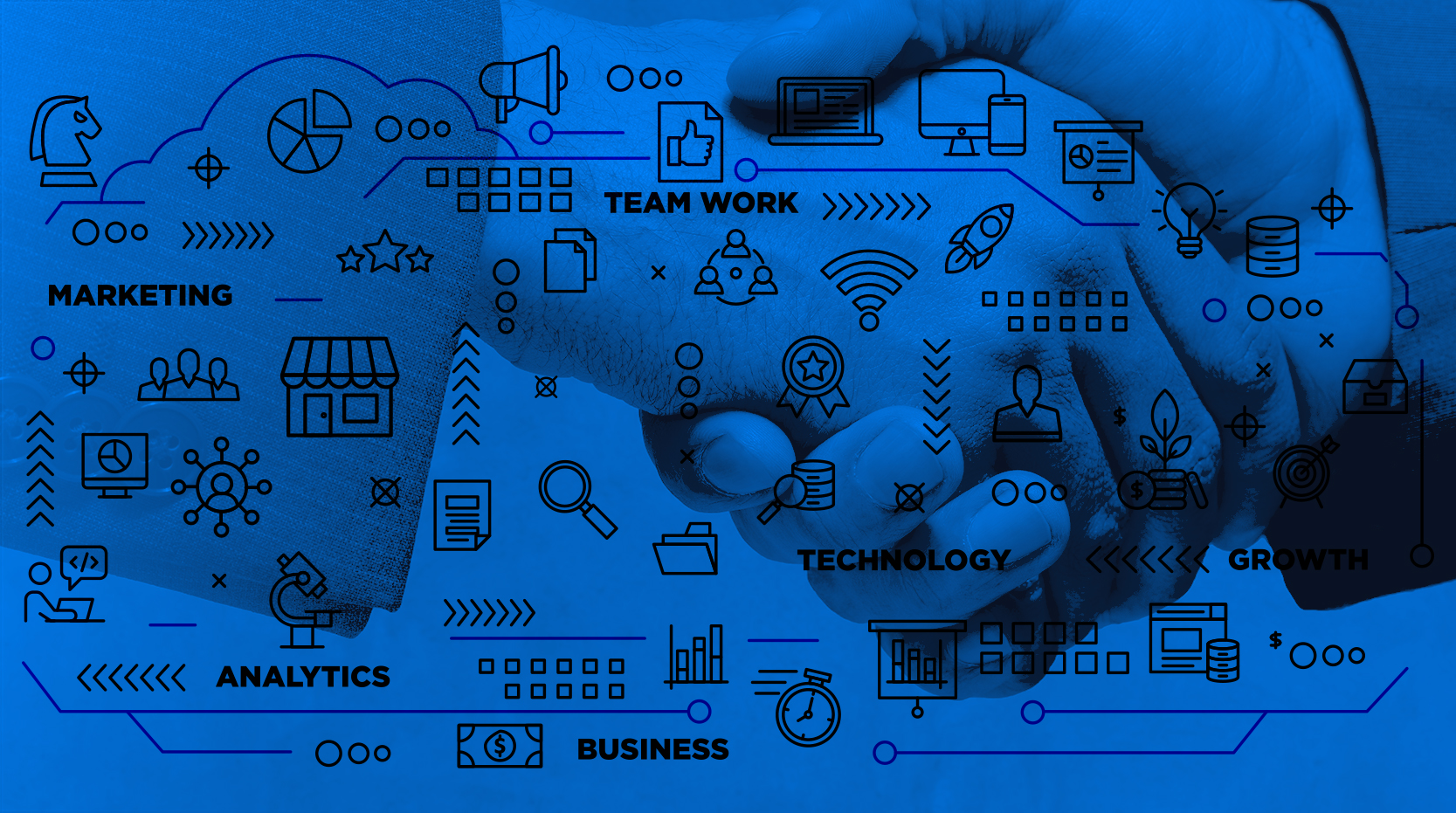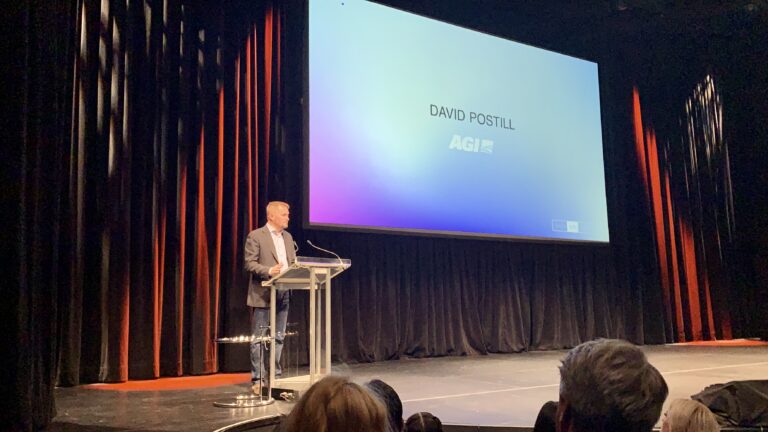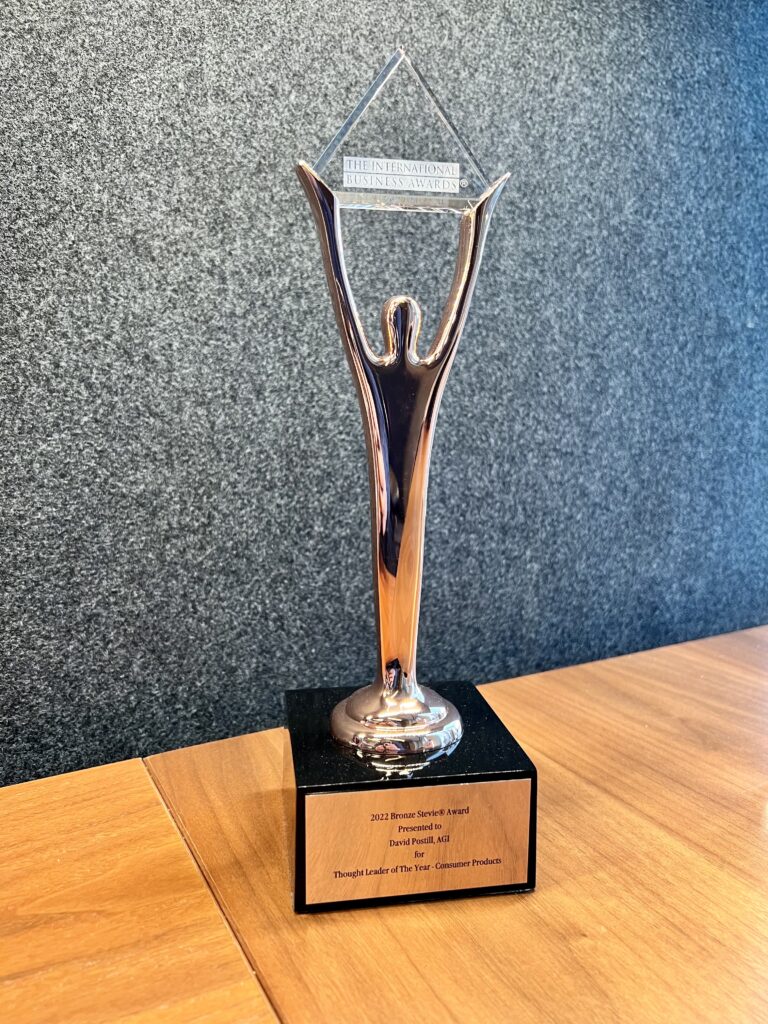Changes in B2B sales and marketing models were happening at a rapid pace prior to Covid-19. The crisis has accelerated these changes and opened up the potential for even greater innovation and change. For the brave and bold, opportunity abounds. For the laggards and the myopic ‘my-category-is-different’ resistors, extinction is now upon you.
Effective leadership qualities, for example, were already evolving before January 2020. Purpose driven leadership, empathy and decency, as I’ve written before were gaining acknowledgement. It was back in August of 2019 that the Business Roundtable announced a new statement on the purpose of a corporation – one that was signed by 181 CEOs all committed to leading their companies for the benefit of all stakeholders – customers, employees, suppliers, communities and shareholders.[1]
B2B Sales & Marketing has also been evolving for some time. The classic model for B2B Sales & Marketing held that Marketing was responsible for a small portion of upper funnel activity (classically focused on creating brochures, sell sheets, tradeshow booths and print ads for industry pubs) in order to support Sales which was focused on mid and lower funnel activities, (the work of educating and training customers, fostering high touch relationships, providing product evaluations, demonstrations and even completing the paperwork to estimate, order and track). This approach across most industries has been rapidly going the way of the dinosaur.
Technology is of course driving this extinction. Marketing has moved well past sales support and now provides nuanced and measurable MQL/SQL deliverables increasing its participation and importance down the funnel. The aging out of industry veterans at retail or in dealer disrupted networks and their replacement by a younger generation of digital natives (who reach for Google or SMS-a-Friend long before they’d call up a company Sales Rep) has demanded the creation of modern product knowledge solutions and the evolution of brochure-ware-websites into effective digital selling platforms.
Visionary CEOs saw this dynamic as it was emerging. They acted quickly and didn’t look back. They began resetting ‘marketing’ and bringing in the talent, resources and strategies that would ready their businesses for the future. Savy CFOs supported this shift with capital resources and began taking a hard look at other expenses asking questions about sales team costs as a percent of profit and product line, not just revenue. Effectiveness is good, but efficiency of sales spending is the KPI that matters. Boards also began waking up and asking about the risk to future revenue streams in the face of declining distribution channels in which the company’s supposed strength was ‘relationship-selling’. Results have followed a change in mindset.
McKinsey & Co have quantified that “B2B digital leaders drive five times more revenue growth than their peers” and that “digitization has made providing consistent, high-quality customer interactions a competitive differentiator, no matter the channel.”[2] What unites these digital leaders is the intersection of marketing with technology. Together “MarTech” and today’s pioneering CMOs are able to deliver better, and importantly more scalable and efficient ways to educate, evaluate, demonstrate, and purchase products of all types. As Accenture has noted, these marketing leaders “are putting customers at the heart of their thinking, continuously adapting at speed and scale to sustain hyper-relevance and growth…They are becoming organizational architects, challenging tradition with new behaviors, new technologies and a new-found obsession with fulfilling customer expectations.”[3]
It was clear before Covid that Ecommerce and omni channel distribution solutions needed to replace the paper and PO driven world of travelling sales reps to either near or far flung customer locations. Covid just made it glaringly obvious. When Buffet recently dumped his airline holdings, I believe it wasn’t purely because consumer travel demand was now misaligned to airline supply and their debt loads, but also because business travel which accounts for about 75% of airline profitability has also now permanently changed.
And it was clear before Covid that B2B customers demanded the same type of excellent, efficient, and frictionless online customer experience in their work roles as they already enjoyed in their personal lives when purchasing goods for their own use.
What is different post-Covid is that the threat is now existential to businesses and old-school business leaders who don’t embrace a new model for B2B sales and marketing. Some are quickly finding religion as they speak up and advocate for the customer experience. Many still linger in outdated ways of working hoping that as things ‘open-up’ we will get back to doing it like we always have.
Those leaders and those businesses will simply perish. For CMOs who possess a hyper-relevant, growth orientation, one that is underpinned by a commitment to technology, data, and cross-enterprise leadership, your potential contribution and value to the business at the C-Level has never been greater. It is time to step forward and demonstrate that value. It is time to lead.
[1] https://www.businessroundtable.org/business-roundtable-redefines-the-purpose-of-a-corporation-to-promote-an-economy-that-serves-all-americans
[2] https://www.mckinsey.com/business-functions/marketing-and-sales/our-insights/how-b2b-digital-leaders-drive-five-times-more-revenue-growth-than-their-peers
[3] https://www.accenture.com/_acnmedia/pdf-97/accenture-cmo-short-report.pdf





